The New York terror attack has time and again alarmed the international community about the rising terror attacks carried out by persons of Central Asian origins. On 31 October, a 29-year old Uzbek national, called Sayfulla Saipov, drove a truck down the Manhattan bike lane, killing eight and injuring 11. As a matter of fact, Saipov was not the first in the list. In last one year, radicals belonging to Uzbek nationality have carried out such attacks in Istanbul, Stockholm and St Petersburg.
Ethnic-Uzbeks also form a significant chunk in the list of foreign fighters in Syria and Iraq. Estimates about the number of fighters from Uzbekistan, by various state and other sources, vary from 500 to 2000. The Soufan Center in its latest report puts this number at 15001. Ethnic-Uzbeks get recruited also from countries like Kyrgyzstan, Afghanistan or Russia.
Occurrence of a series of attacks in which Uzbeks were involved has started a fresh debate on whether Uzbekistan has emerged as a hotbed of extremism in recent years. However, merely counting the number of terrorists belonging to a particular nationality is not sufficient to establish that it is becoming a hub of terrorist activities. The interplay between Uzbekistan, ethnic-Uzbeks and terrorism is very complex and needs wider introspection.
Religion as a Factor of National Identity in Uzbekistan
Uzbekistan became independent in 1991, after being part of the closed Soviet system for more than seven decades. First President of Uzbekistan Islam Karimov, who ruled the country for almost 25 years, tried to keep intact secular credentials of the State. Nevertheless, use of Islamic symbolism was part of the newly emerging nationalist discourse. President’s pilgrimage to Mecca, his swearing in on the copy of the Quran, state-sponsored revival of Islamic institutions, glorification of Islamic thinkers like Bahauddin Nakshbandi and Imam Bukhari, were more or less part of the strategy to garner popular support. Islam played a significant role in construction of Uzbek national identity, just like other factors like language, history and culture. In post-independence discourse, Uzbek national identity is generally stronger and superior, which encompasses all other identities. Supra-national identities like Islam or Turkish language, or the sub-national identities like regional or clan identities influence just a fraction of population.
There are historical factors that can justify why language, religion and culture have played important role in Uzbek nation-building. The land where Uzbekistan is situated has been at the crossroads of world civilizations. As ancient trade routes passed through this territory, it gave rise to prosperous cities like Samarkand and Bukhara. The region played the role of spiritual and cultural epicenter of Islamic traditions for considerably long period. Subsequent rulers promoted Islam as the State religion. This is the reason why Uzbeks happen to be more religious than other Central Asian nationalities that followed nomadism. Therefore, it was quite obvious that religion would surface after removal of the ‘lid’ of socialism.
Radicalization and Response of the State
Uzbekistan has experienced religious revival since independence. Many of the Mosques and Madrassas that were closed down during the Soviet times were reopened and Friday sermons were reinstated. Number of hajj pilgrims dramatically increased in initial years of independence. There is a thin line between religiosity and radicalization which was crossed in some regions in 1990s, most prominently in the Fergana Valley.
Trans-national terrorist networks, spread of Wahhabi literature and ideas, and ongoing Civil War in Tajikistan (1992-97) provided fertile ground for spread of radicalism. The Islamic Movement of Uzbekistan (IMU) that was established in 1998 in the Fergana Valley, had sway over young minds through distribution of pamphlets on Jihad. They vehemently attacked Karimov government for its policies towards religion. The year 1999 witnessed chain of incidences such as Tashkent bombings, attempt at assassinating President Islam Karimov, and Islamist uprising in Namangan.
Spread of Islamist ideology in the Fergana Valley had other reasons too. Firstly, being the most densely populated region in Central Asia, dwellers of the Valley faced problems like poverty, unemployment, scarcity of resources, leading to increasing attraction of the extremist ideology. Secondly, the Valley is artificially divided in three Republics of Uzbekistan, Tajikistan and Kyrgyzstan. Ethnic entangle, with presence of all three titular nationalities on each side of the border, worsened the situation. Porous borders facilitated easy movement in other republics and also in northern regions of Afghanistan and Pakistan.
Violent incidences of 1999 alarmed the State to come down heavily on the extremists, leading to hundreds of arrests and sentences. Militant organizations like IMU were banned inside the territory of Uzbekistan. Because of these steps, these militants had to take refuge in Afghanistan and Pakistan. On the other hand, the State established firm control over the religious institutions, through official religious appointments and regulated preaching. The Andijan incident2 of 2005 was sternly crushed by the State leading to huge casualties. The government of Uzbekistan was criticized by the West for this crackdown. They also termed the Karimov regime as ‘autocratic’ and ‘human rights violator’ leading to a degree of sanctions or restrictions. However, regional major powers like Russia and China backed the regime in its efforts to fight terrorism.
Through stern measures, the State has maintained relative peace and stability and has not let the threats cross the threshold. The Global Terrorism Index has ranked Uzbekistan 123rd out of 160 countries in terms of ‘Impact of Terrorism’. Amongst post-Soviet countries, it is one of the least terrorism affected countries, when compared to its neighbors like Russia (Rank 33), Tajikistan (Rank 72) and Kyrgyzstan (Rank 79) 3.
Radicalization of Uzbeks outside Uzbekistan
Uzbeks is numerically the largest community in Central Asia. Apart from Uzbekistan where they form majority, they also constitute significant minority in all other Central Asian Republics as well as Afghanistan. Uzbeks living in each Republic face their own peculiar problems. In the phase of nationalist revival, growing resentment against the non-titular nationalities has proved to be one of the causes of radicalization. The matter gets worse with trans-national radical organizations preaching global Jihad and denouncing nation-state system.
People belonging to the Uzbek nationality have been migrating to Russia, Turkey, US or Europe for seeking jobs. Push factors for out-migration include lack of opportunities of higher education, scarcity of jobs, and economic hardships. However, the same migrants face a different set of problems in countries they have migrated to, such as lack of white-collar jobs, low pay scales, harsh living conditions and poor knowledge of English language. Many of them are unable to adapt to new social conditions, leading to identity crisis. Migrants are more prone to radicalization, as the feeling of marginalization is very high amongst them. It is observed that considerable number of Uzbek migrant workers in Russia have joined the ISIS.
The trend of ‘self-radicalization’ is very common amongst Central Asian terrorists. Number of these fighters have chosen this path on their own, after falling prey to social media propaganda. There are indications suggesting that the New York attacker Saipov might also be from this category. He had migrated to US in 2010 as a result of the lottery visa that gave him a green card. His life till 2010 in Tashkent was underlined by decent education and humble religiosity. It is established both by the American and Uzbek security forces that the guy was radicalized after leaving Uzbekistan.
Conclusion
Problem of radicalization of the Uzbek youth, whether in or out of the country, is a serious concern. Government of Uzbekistan duly acknowledges this threat and is trying to address it at various levels. It is understood that in the first half of 2016, law enforcement detained about 550 people on suspicion of involvement in extremist activities4. The State is aware that although IMU activities were wiped out from the territory of Uzbekistan long back, the ideology still has some following. In 2015, IMU had announced its allegiance to the ISIS and has recruited some Uzbek fighters from northern Afghanistan and Pakistan.
The Government is working hand-in-hand with other regional powers in counter-terrorism strategies at bilateral as well as multilateral level. Regional Anti-Terrorism Structure (RATS) of Shanghai Cooperation Organization’s (SCO) is situated in Tashkent, which has done some work in terms of information sharing and counter-terrorism. However, a lot more needs to be done.
Shavkat Mirziyoyev, who was elected as Uzbek President in December 2016, has introduced unique ‘preventive’ measures to deal with the menace of terrorism. The program is called “Education against Ignorance” to propagate the ‘true essence’ of Islam. Through education, young minds of Uzbekistan are to be taught values of peace, tolerance and coexistence, to prevent them against future radicalization. Such attempts coupled with stern security measures and multi-lateral cooperation can potentially lead to counter-radicalization in the long run. Till then, rising number of Uzbek fighters within ISIS or otherwise shall haunt the region as well as the world.
End Notes
1. Richard Barrett, “Beyond the Caliphate: Foreign Fighters and the Threat of Returnees”, The Soufan Center, October 2017.
2. An armed uprising occurred in the Uzbek city of Andijan on 13 May 2005. This revolt was against the secular Uzbek regime. The uprising was cracked down by armed security personnel of the Uzbek State. In this incident, number of men and women from both sides were killed. This event was painted in different colors by the state and the western media. The US and the West criticized Uzbekistan for human rights violations in the crack down. However, actions of the Uzbek State were supported by powers like China and Russia.
3. Global Terrorism Index 2017, Institute for Economics and Peace.
4. US Department of State, Country Reports on Terrorism 2016, Section on Central and South Asia, URL: https://www.state.gov/j/ct/rls/crt/2016/272233.htm.
(Views expressed are of the author and do not necessarily reflect the views of the VIF)
Image Source: https://www.cgtrader.com/3d-models/architectural/other/animated-uzbekistan-flag

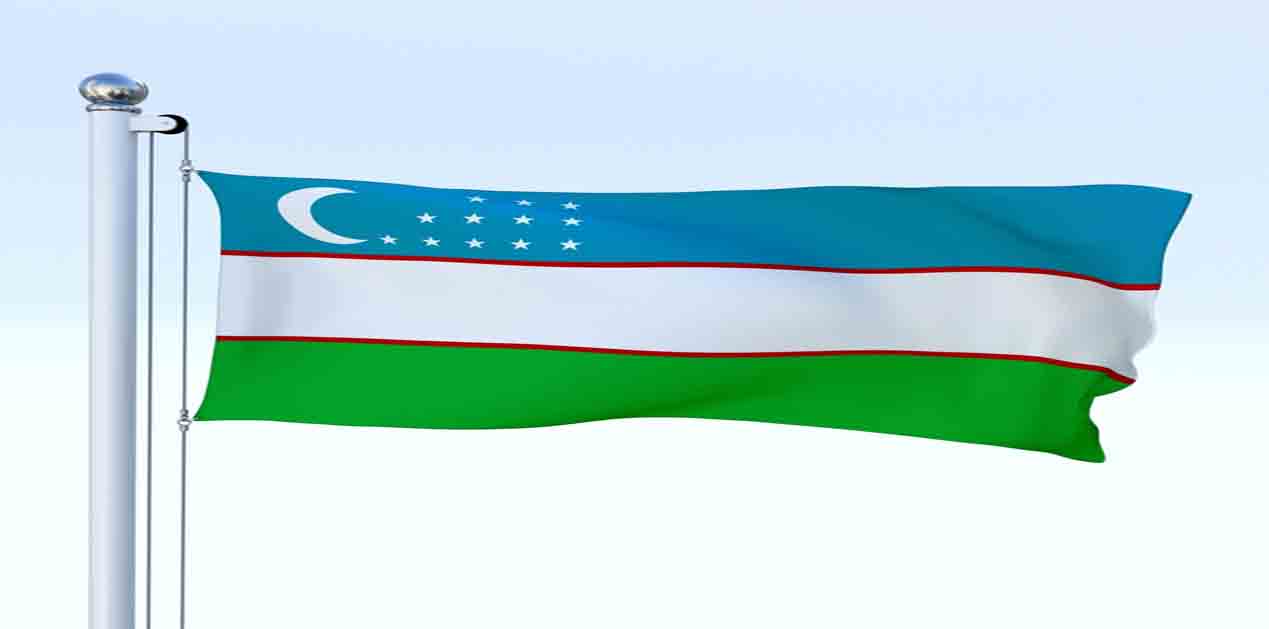
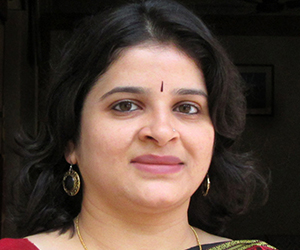

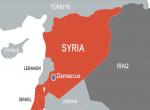
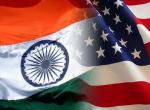

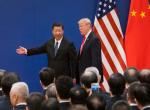
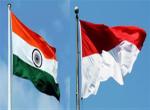


Post new comment